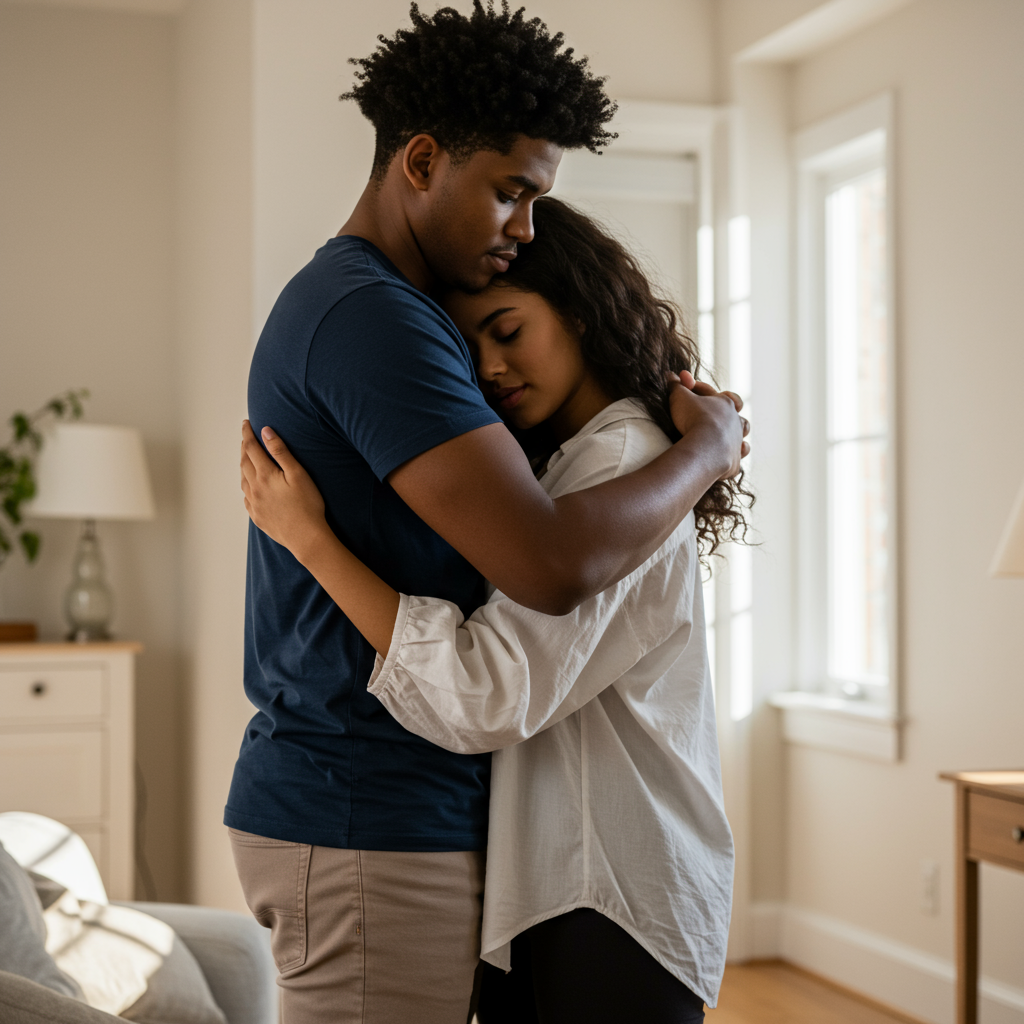
Secure attachment—the bedrock of healthy, fulfilling relationships—is often misunderstood. It’s not about needing someone to complete you, but rather feeling comfortable and confident both within the relationship and as an individual. This sense of security allows for vulnerability, intimacy, and genuine connection, fostering a love that thrives on mutual respect and trust. This article will delve into the core components of secure attachment and offer practical strategies for cultivating this vital foundation in your own relationships.
Attachment theory, pioneered by John Bowlby and Mary Ainsworth, posits that our early childhood experiences significantly shape our relational patterns in adulthood. Children who consistently receive responsive caregiving—meeting both their physical and emotional needs—develop a secure attachment style. They learn to trust that their caregivers will be there for them, fostering a sense of safety and belonging. This translates into adulthood as a capacity for healthy interdependence, where individuals can comfortably rely on their partners while maintaining a strong sense of self.
Insecure attachment, on the other hand, can manifest in several ways. Anxious attachment often involves a fear of abandonment and a constant need for reassurance. Avoidant attachment, conversely, is characterized by emotional distance and a reluctance to depend on others. These patterns, often rooted in inconsistent or neglectful caregiving, can lead to relationship challenges such as communication breakdowns, jealousy, and difficulty managing conflict.
Fortunately, attachment styles aren’t set in stone. Even if your early experiences weren’t ideal, you can actively cultivate a more secure attachment. Self-awareness is the first crucial step. Reflect on your relational patterns. Do you tend to cling to partners or push them away? Understanding your tendencies is key to breaking free from unhealthy cycles. Therapy can be immensely helpful in this process, providing a safe space to explore past experiences and develop new coping mechanisms.
Open communication is another cornerstone of secure attachment. Expressing your needs and concerns clearly and respectfully creates an environment of trust and understanding. Active listening is equally important—truly hearing and validating your partner’s perspective fosters empathy and strengthens the bond between you. Remember, building secure attachment is a journey, not a destination. It requires consistent effort, patience, and a willingness to be vulnerable. But the rewards—a love built on trust, respect, and genuine connection—are well worth the investment.
Cultivating secure attachment also involves fostering independence within the relationship. Maintaining your own interests, hobbies, and friendships allows you to retain a strong sense of self, enriching the relationship rather than depleting it. This balance of togetherness and individuality creates a dynamic where both partners feel supported and empowered to thrive. Ultimately, secure attachment is about creating a safe haven within the relationship—a space where you can be your authentic self, knowing that you are loved and accepted unconditionally.



